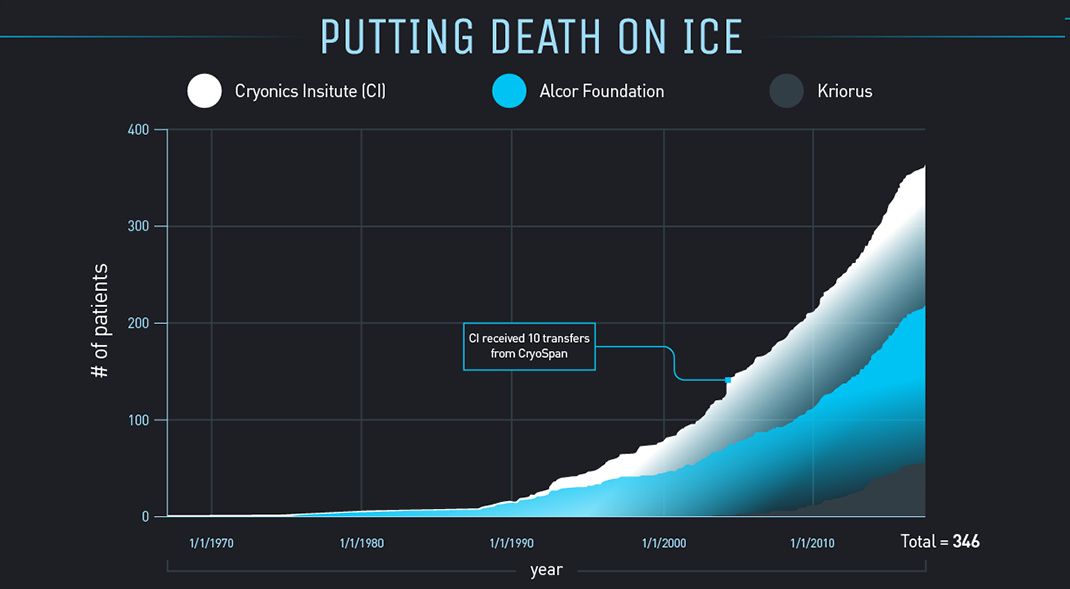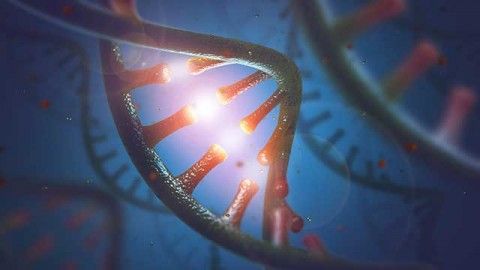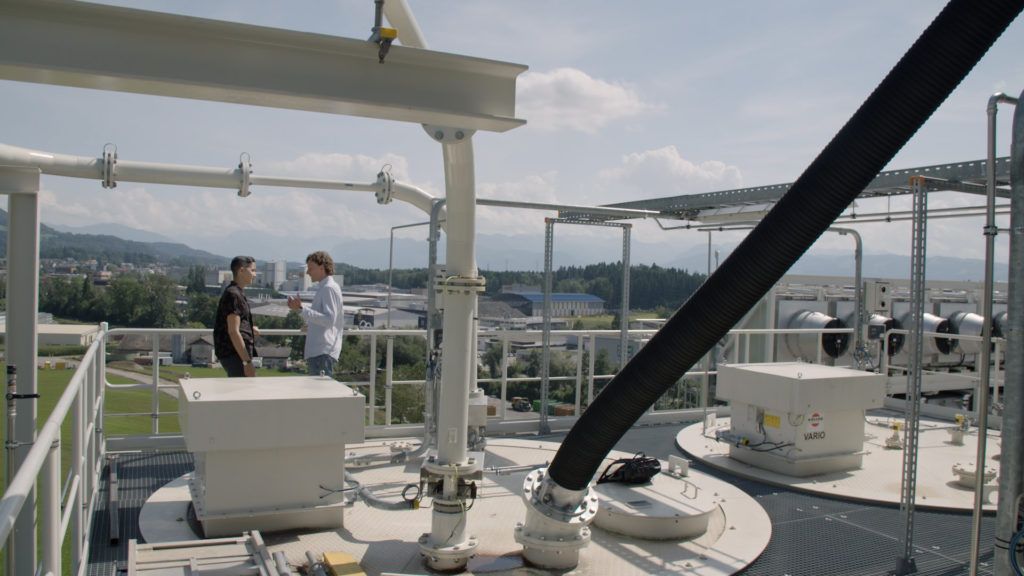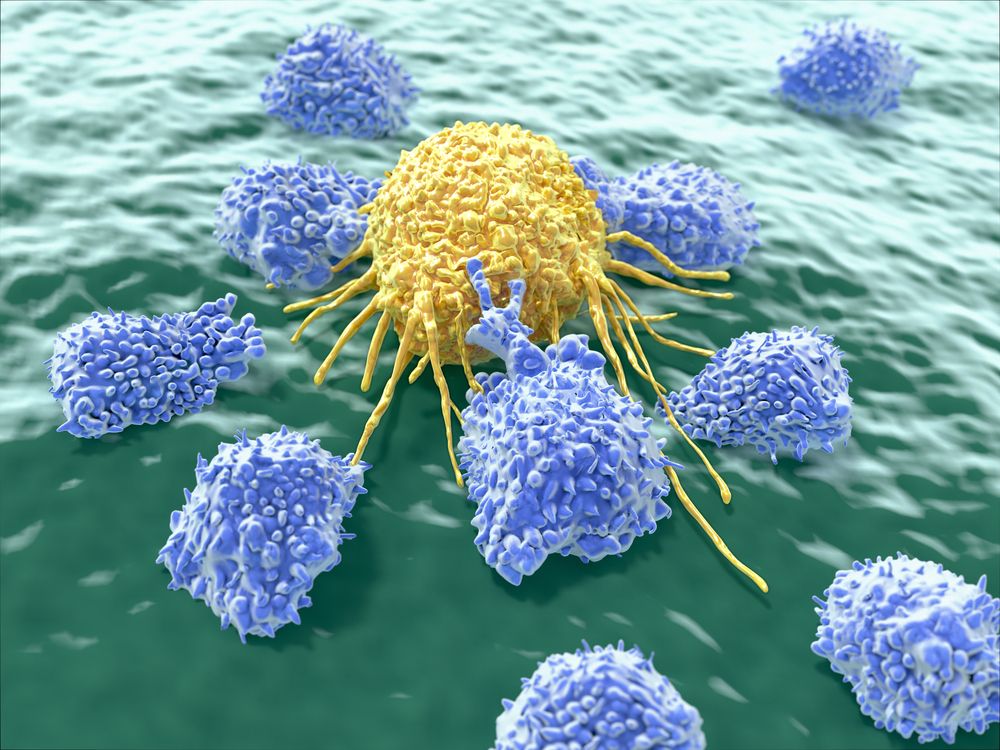Gennady Stolyarov shares his #IAmTheLifespan story for Longevity Month. Share your story too!
https://www.leafscience.org/longevity-month-2017-tell-us-your-story/
Gennady Stolyarov shares his #IAmTheLifespan story for Longevity Month. Share your story too!
https://www.leafscience.org/longevity-month-2017-tell-us-your-story/

Robert C. W. Ettinger’s seminal work, The Prospect Of Immortality, detailed many of the scientific, moral, and economic implications of cryogenically freezing humans for later reanimation. It was after that book was published in 1962 that the idea of freezing one’s body after death began to take hold.
One of the most pressing questions is, even if we’re able to revive a person who has been cryogenically preserved, will the person’s memories and personality remain intact? Ettinger posits that long-term memory is stored in the brain as a long-lasting structural modification. Basically, those memories will remain, even if the brain’s “power is turned off”.
This infographic delves into the mechanics and feasibility of cryonics – a process that thousands of people are betting will give them a second shot at life.
Physicists theorize that a new “traversable” kind of wormhole could resolve a baffling paradox and rescue information that falls into black holes.

Five years. That’s how soon batteries can be expected to sprout all over the electric grid as utilities and homeowners drop in on a wave of falling prices, a Duke Energy executive said in Chicago Thursday.
“There’s going to be a lot of excitement around batteries in the next five years. And I would say that the country will get blanketed with projects,” said Spencer Hanes, a managing director of business development with the Charlotte, North Carolina-based utility.
“With the way that the cost curves are coming down it’s a big opportunity for all of us to deliver what customers want.”
DeepMind’s Professor David Silver describes AlphaGo Zero, the latest evolution of AlphaGo, the first computer program to defeat a world champion at the ancient Chinese game of Go. Zero is even more powerful and is arguably the strongest Go player in history.
Previous versions of AlphaGo initially trained on thousands of human amateur and professional games to learn how to play Go. AlphaGo Zero skips this step and learns to play simply by playing games against itself, starting from completely random play. In doing so, it quickly surpassed human level of play and defeated the previously published champion-defeating version of AlphaGo by 100 games to 0.
If similar techniques can be applied to other structured problems, such as protein folding, reducing energy consumption or searching for revolutionary new materials, the resulting breakthroughs have the potential to positively impact society.
Find out more here: https://deepmind.com/blog/alphago-zero-learning-scratch


CHICAGO — Small RNA molecules originally developed as a tool to study gene function trigger a mechanism hidden in every cell that forces the cell to commit suicide, reports a new Northwestern Medicine study, the first to identify molecules to trigger a fail-safe mechanism that may protect us from cancer.
The mechanism — RNA suicide molecules — can potentially be developed into a novel form of cancer therapy, the study authors said.
Cancer cells treated with the RNA molecules never become resistant to them because they simultaneously eliminate multiple genes that cancer cells need for survival.

One note, on the stationary of the Imperial Hotel Tokyo, says that “a quiet and modest life brings more joy than a pursuit of success bound with constant unrest.” The other, on a blank piece of paper, simply reads: “where there’s a will, there’s a way.”
Two notes were given by Einstein to a courier in Tokyo that contain inspirational messages about life.

Should definitely be worked on. Eventually the same stuff could be used to reverse engineer/terraform Venus.
When politicians talk about the Paris Climate Agreement, it’s usually framed in terms of restrictions on emissions for states and businesses. But the Paris Agreement wasn’t just an agreement to regulate — it was also an agreement to innovate. That’s because most experts agree that the world won’t be able to keep global temperature rise below 2 degrees Celsius, unless there’s a way to physically remove CO2 from the atmosphere.
A Swiss startup called Climeworks has made that their goal, developing the most advanced carbon-capture technology to date. VICE News went to Switzerland to see how the technology works and hear how the business plans to tackle climate change. Problem is, what Climeworks is doing isn’t cheap.
This segment originally aired Oct. 16, 2017, on VICE News Tonight on HBO.

A research team at MIT has used synthetic biology to create a gene circuit that triggers the immune system to attack cancer when it first detects the signs of the disease.
The circuit works by only activating the immune response when two specific cancer biomarkers are detected. The new study was published in the journal Cell this week and represents an exciting step forward for synthetic biology and cancer research.